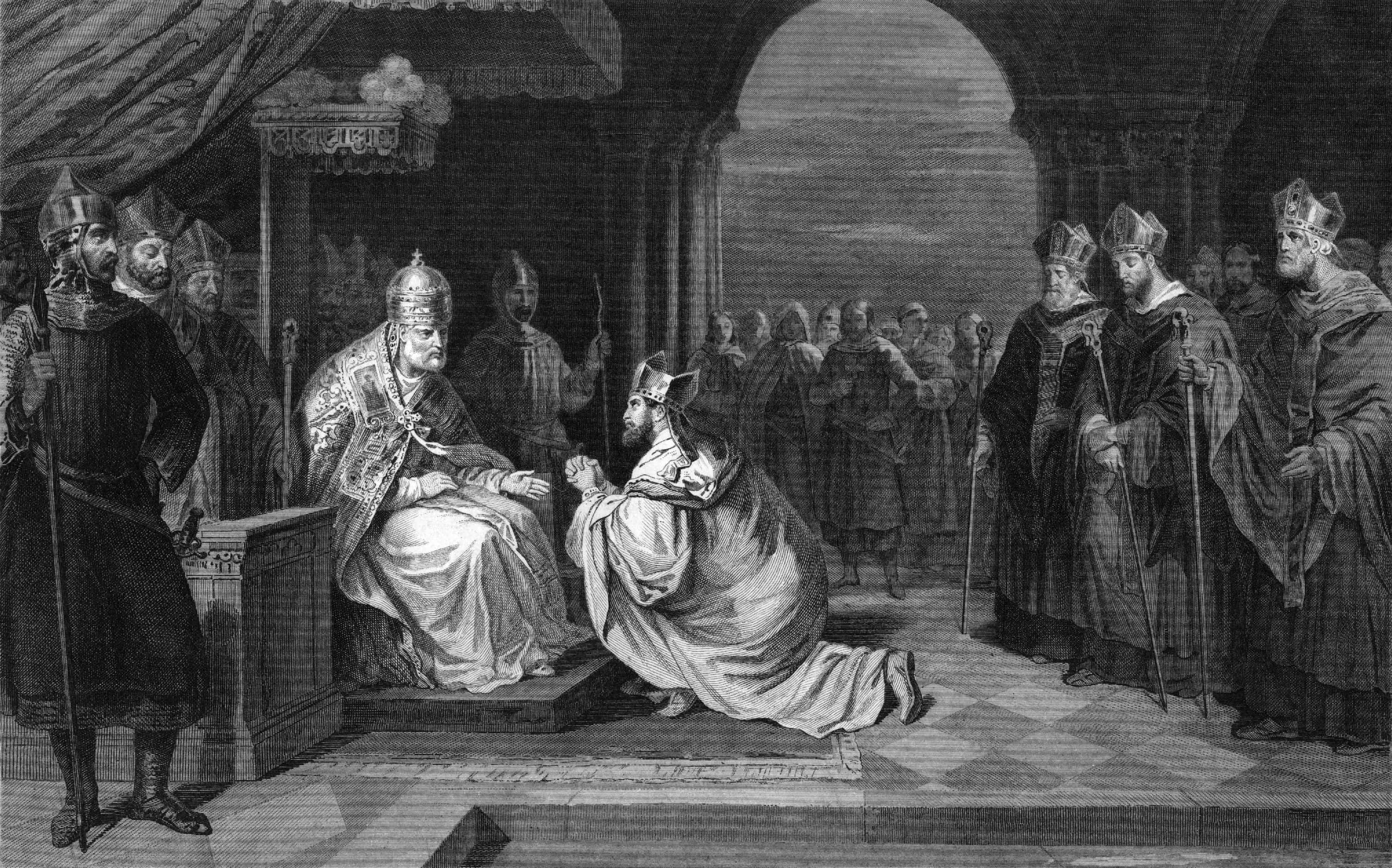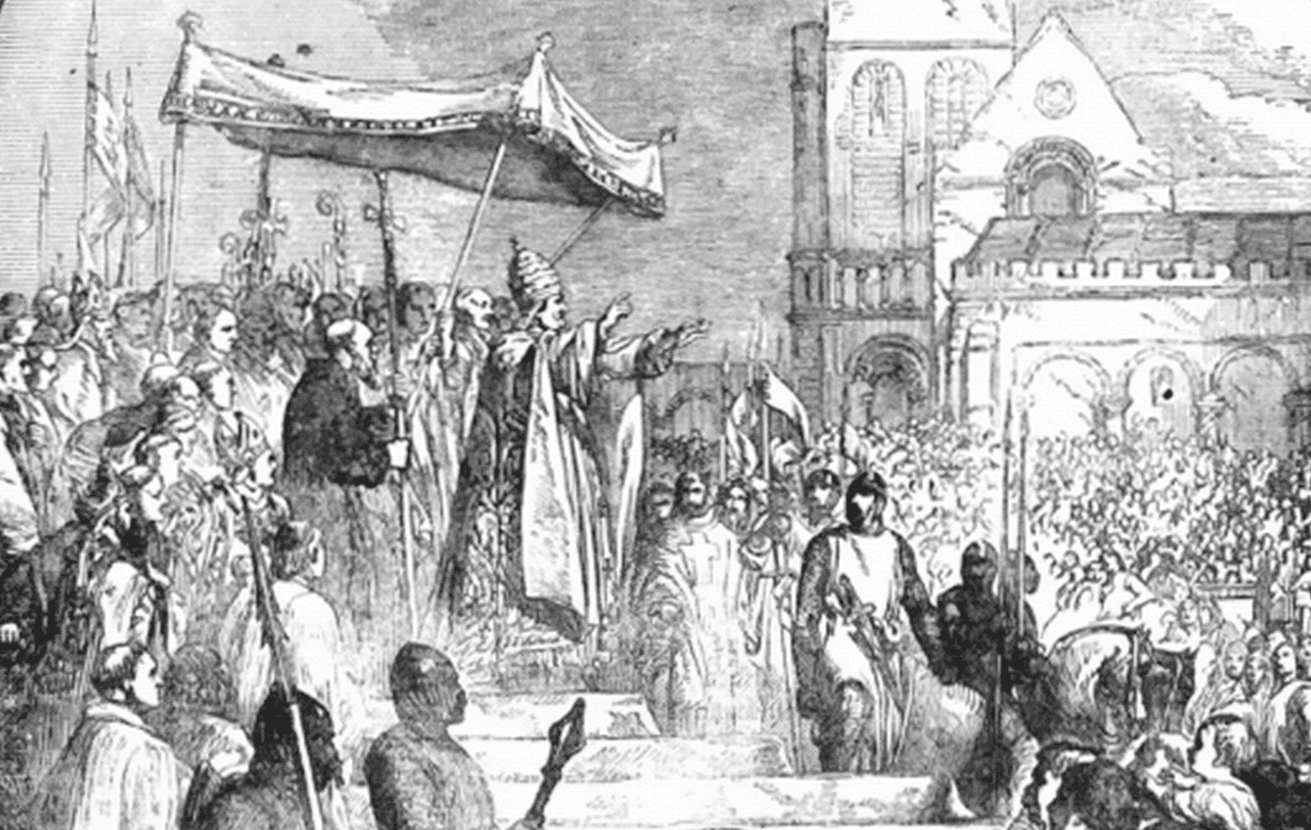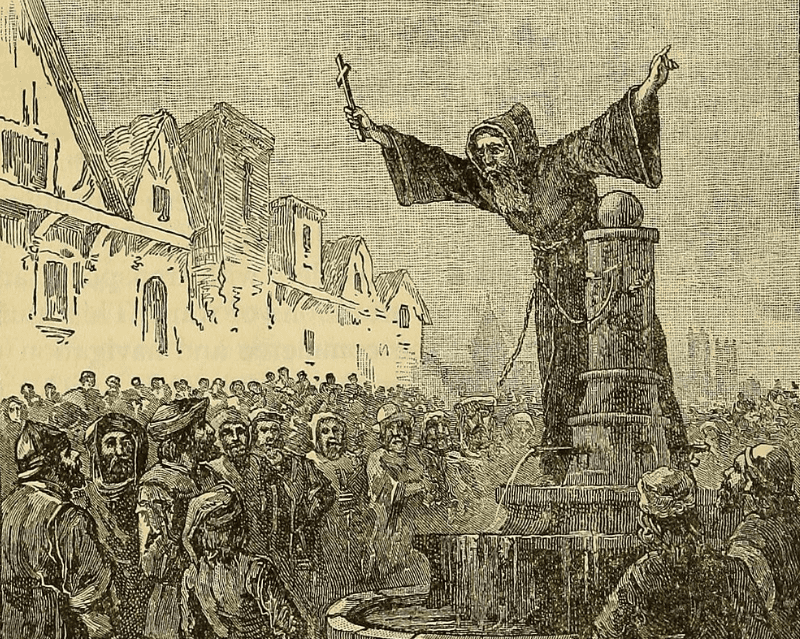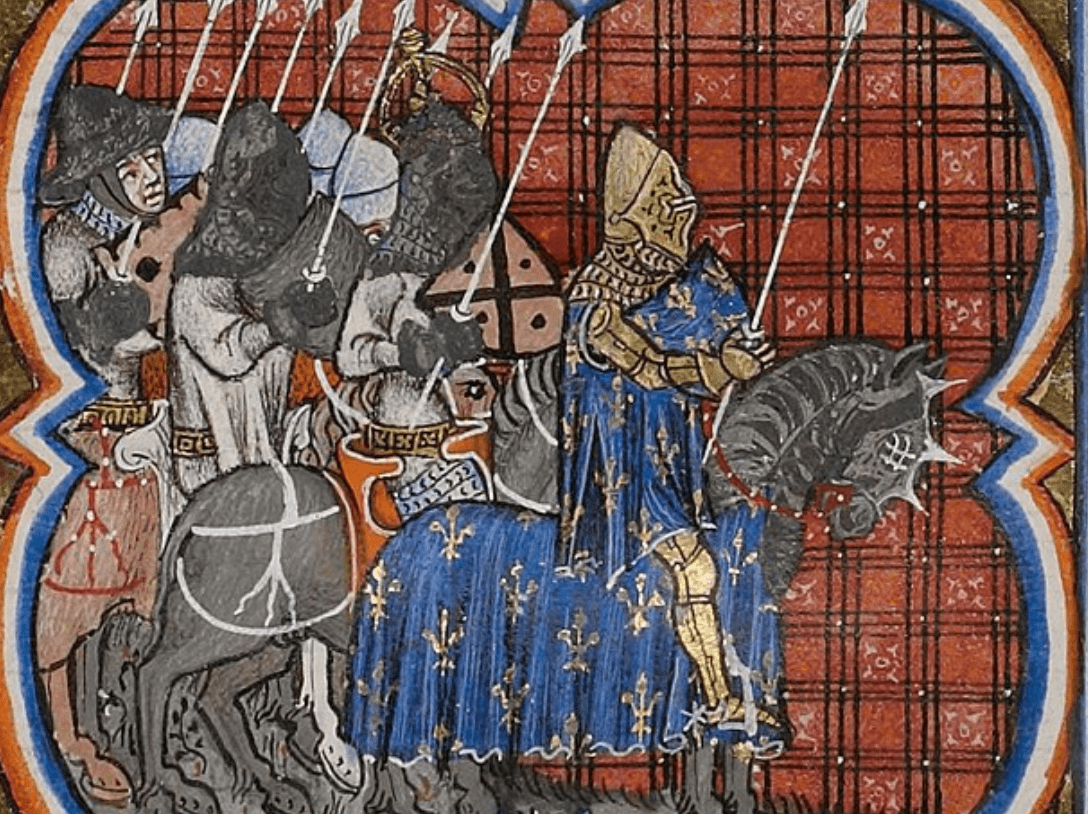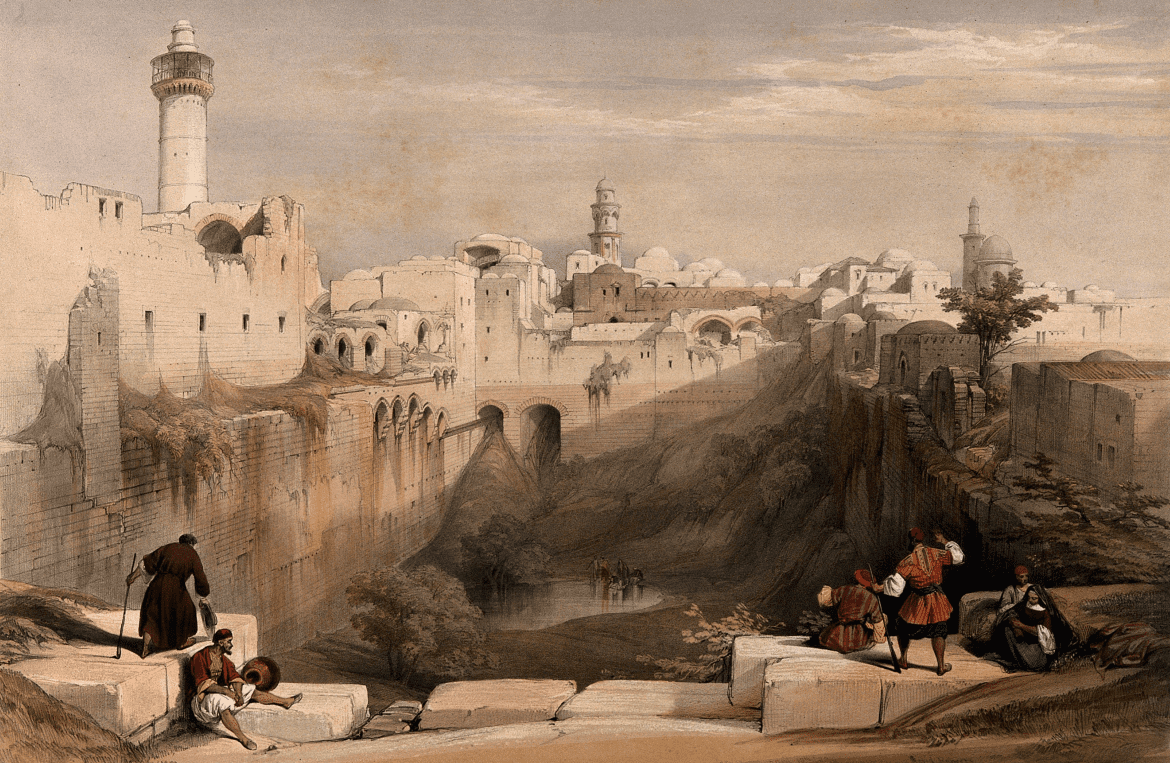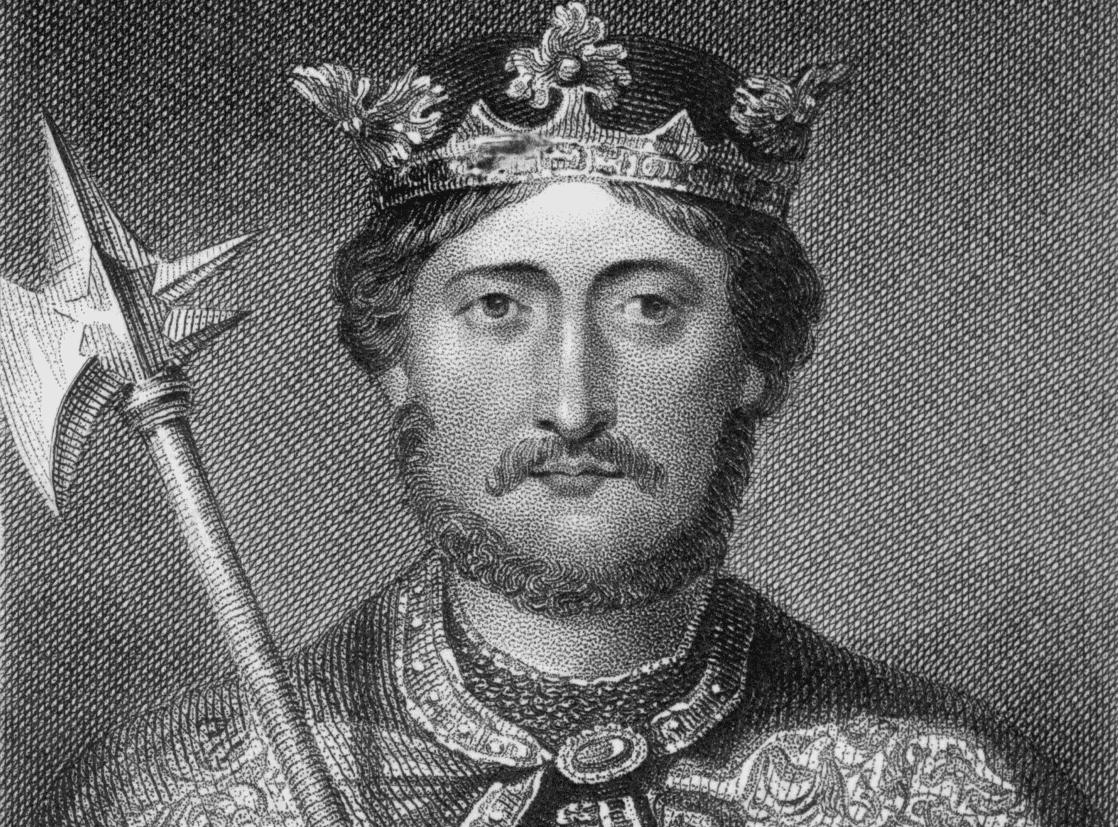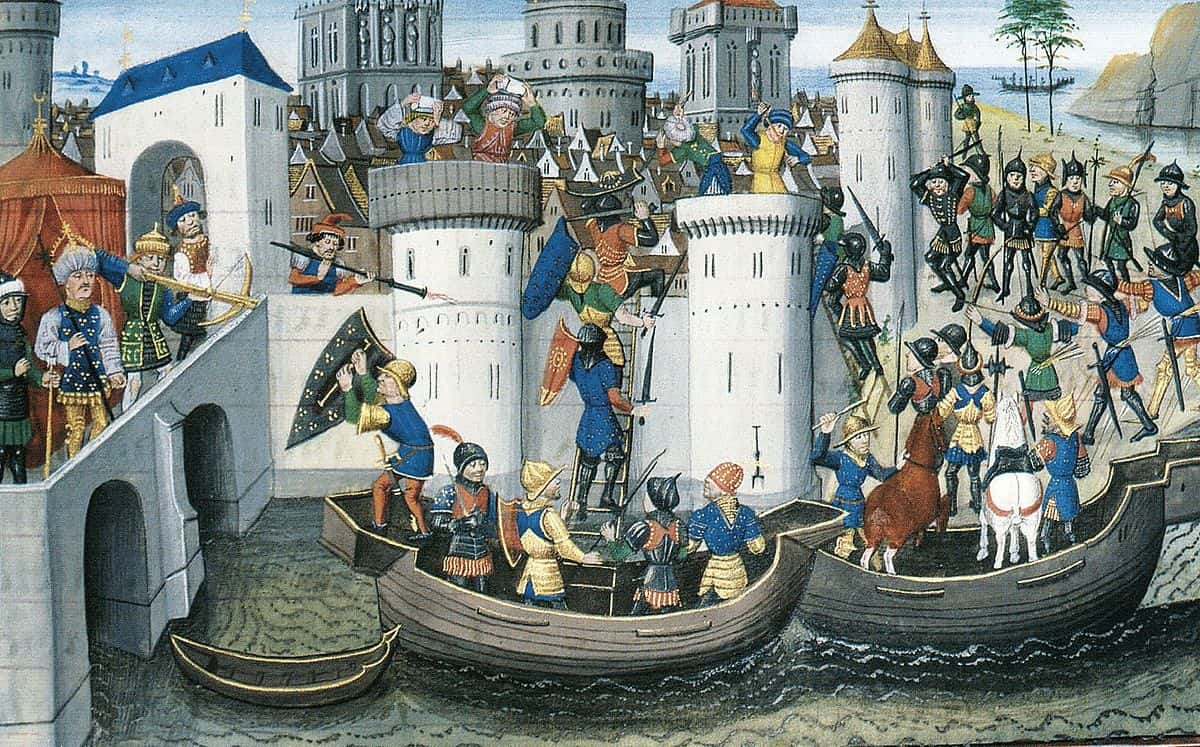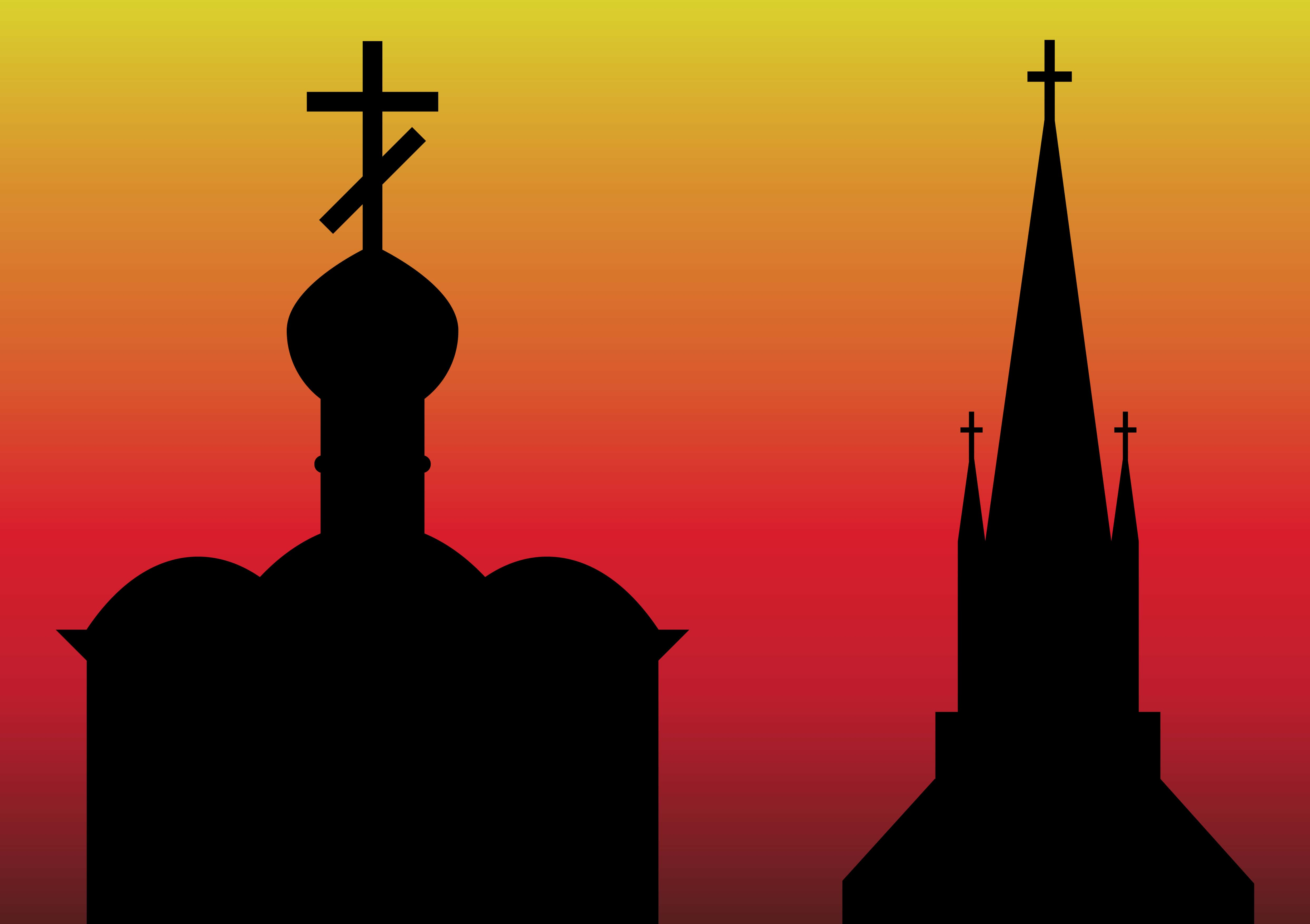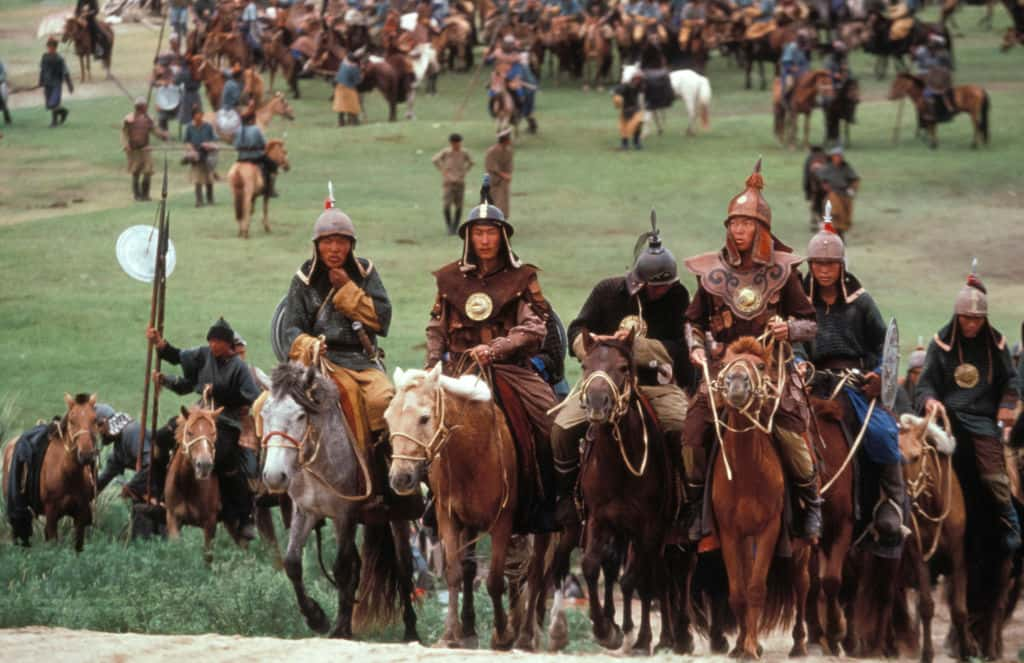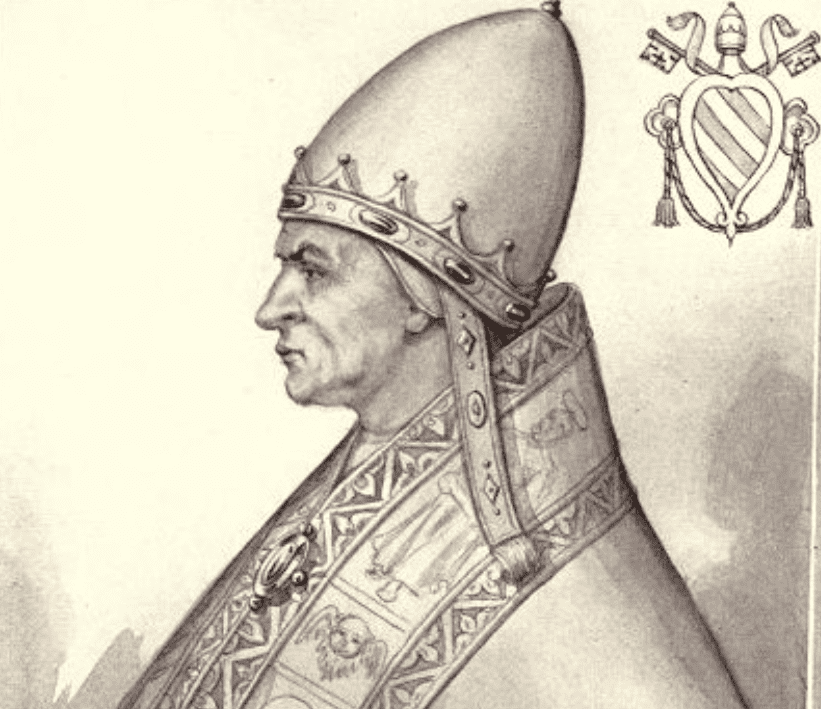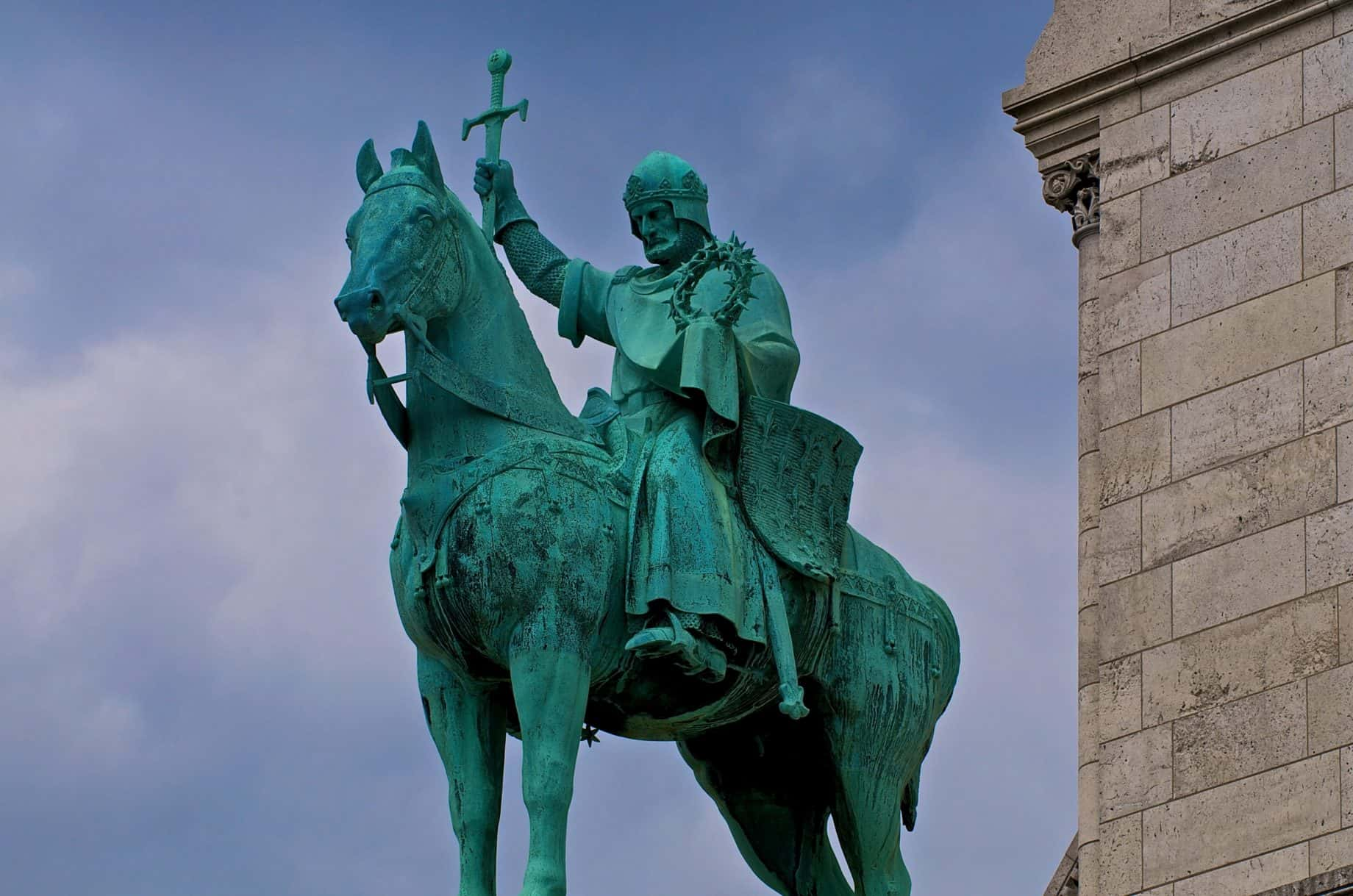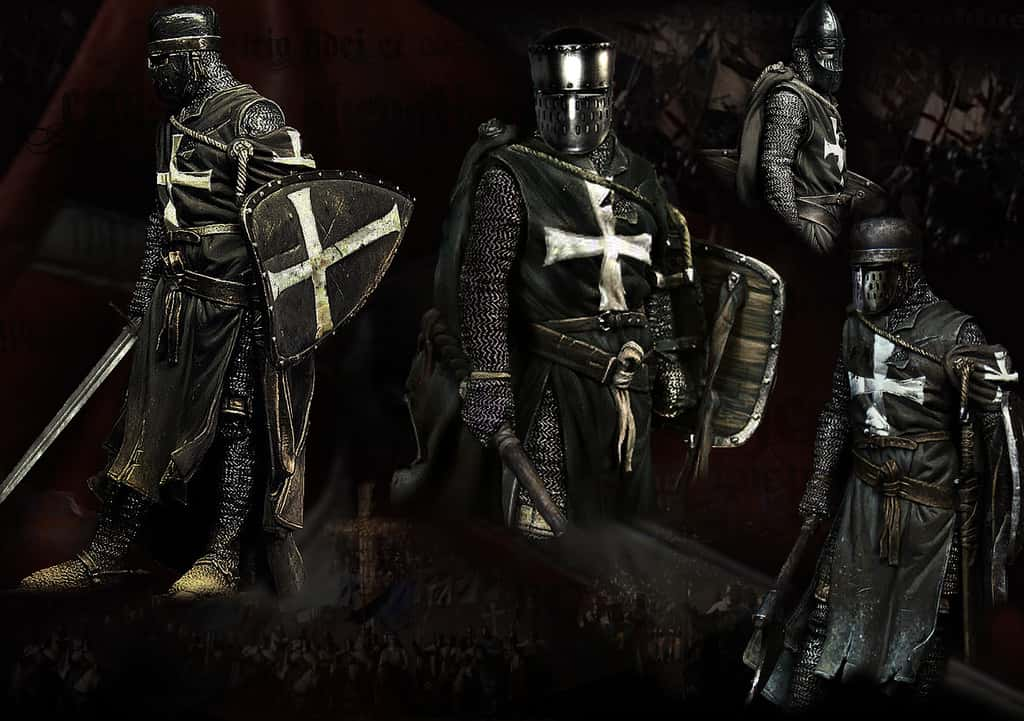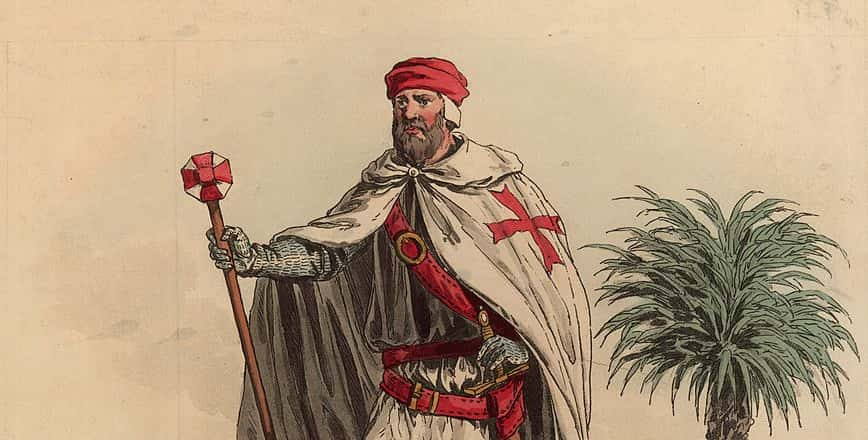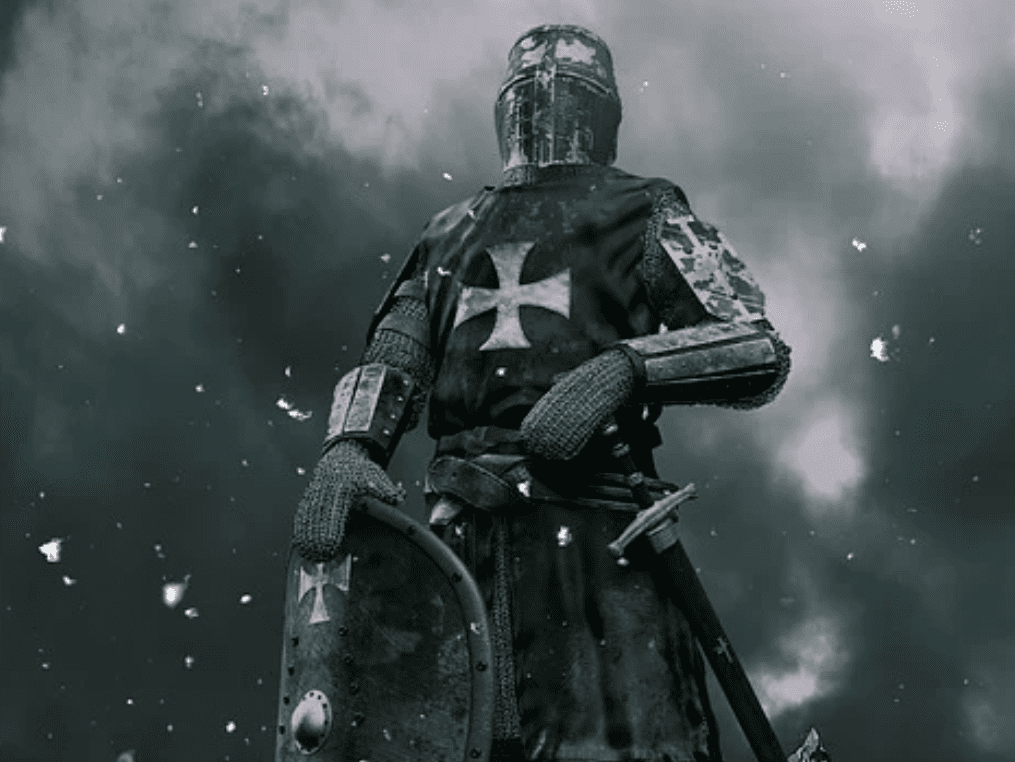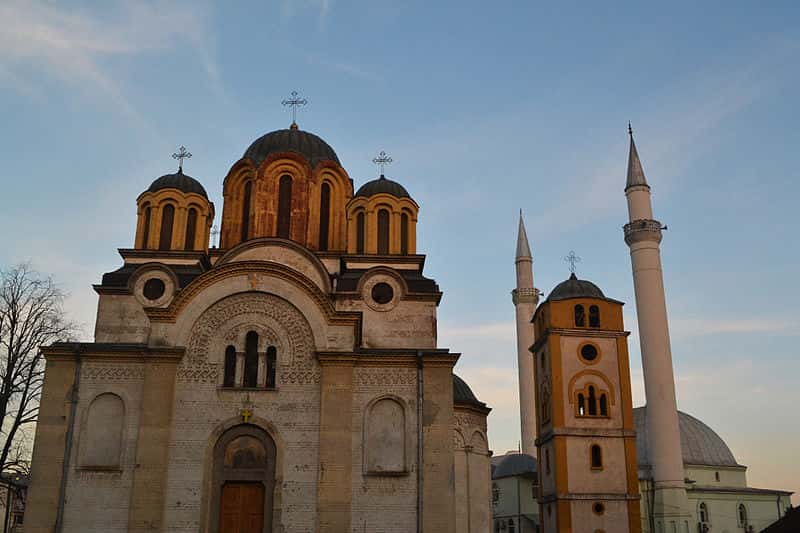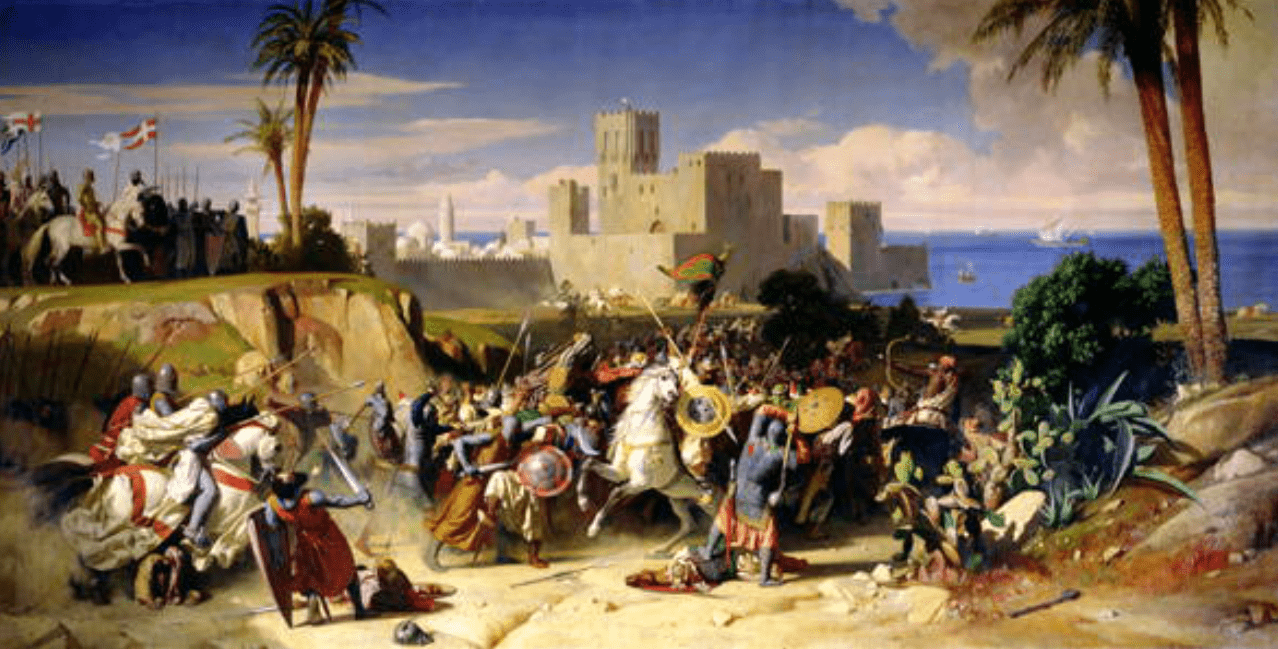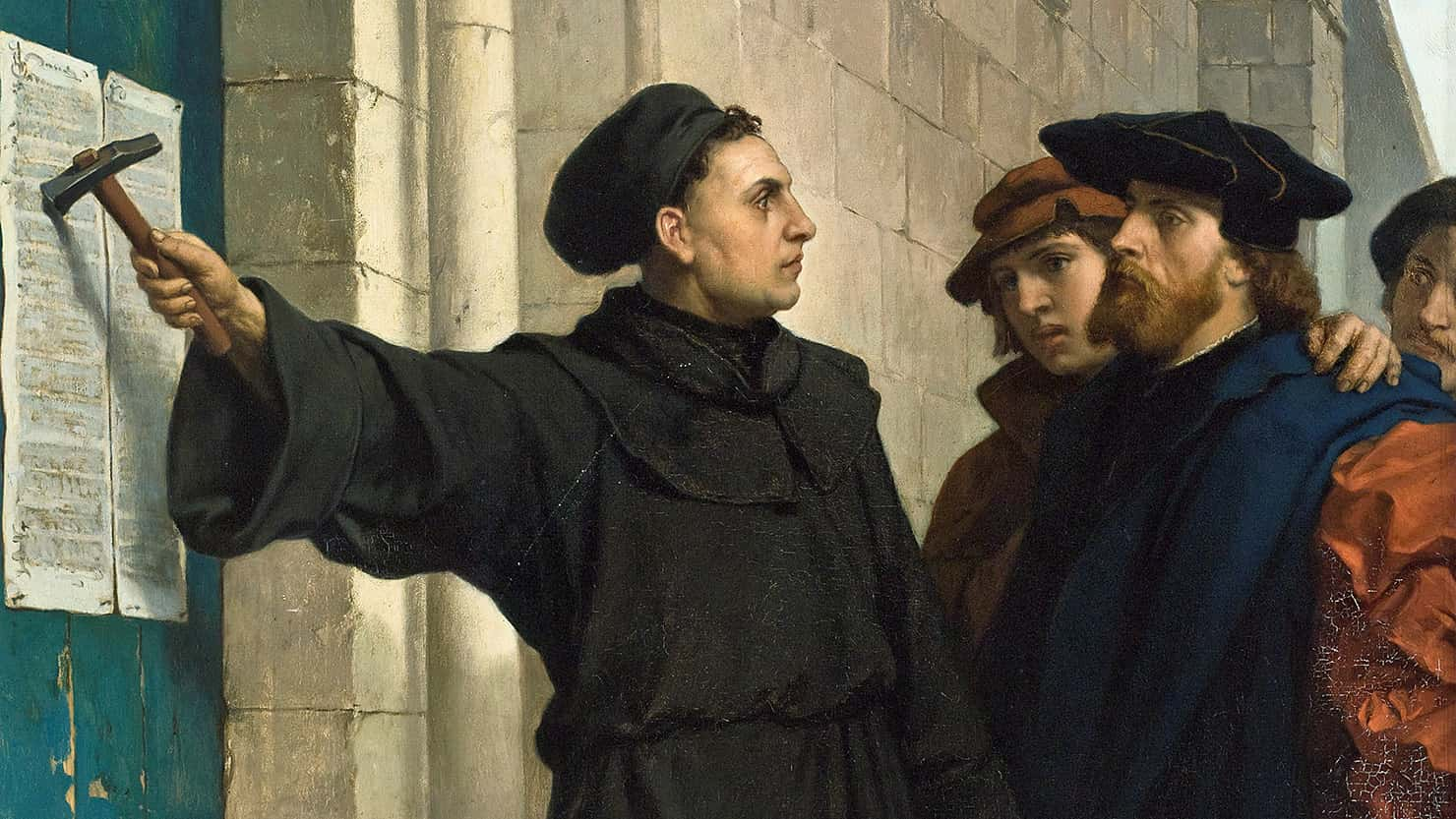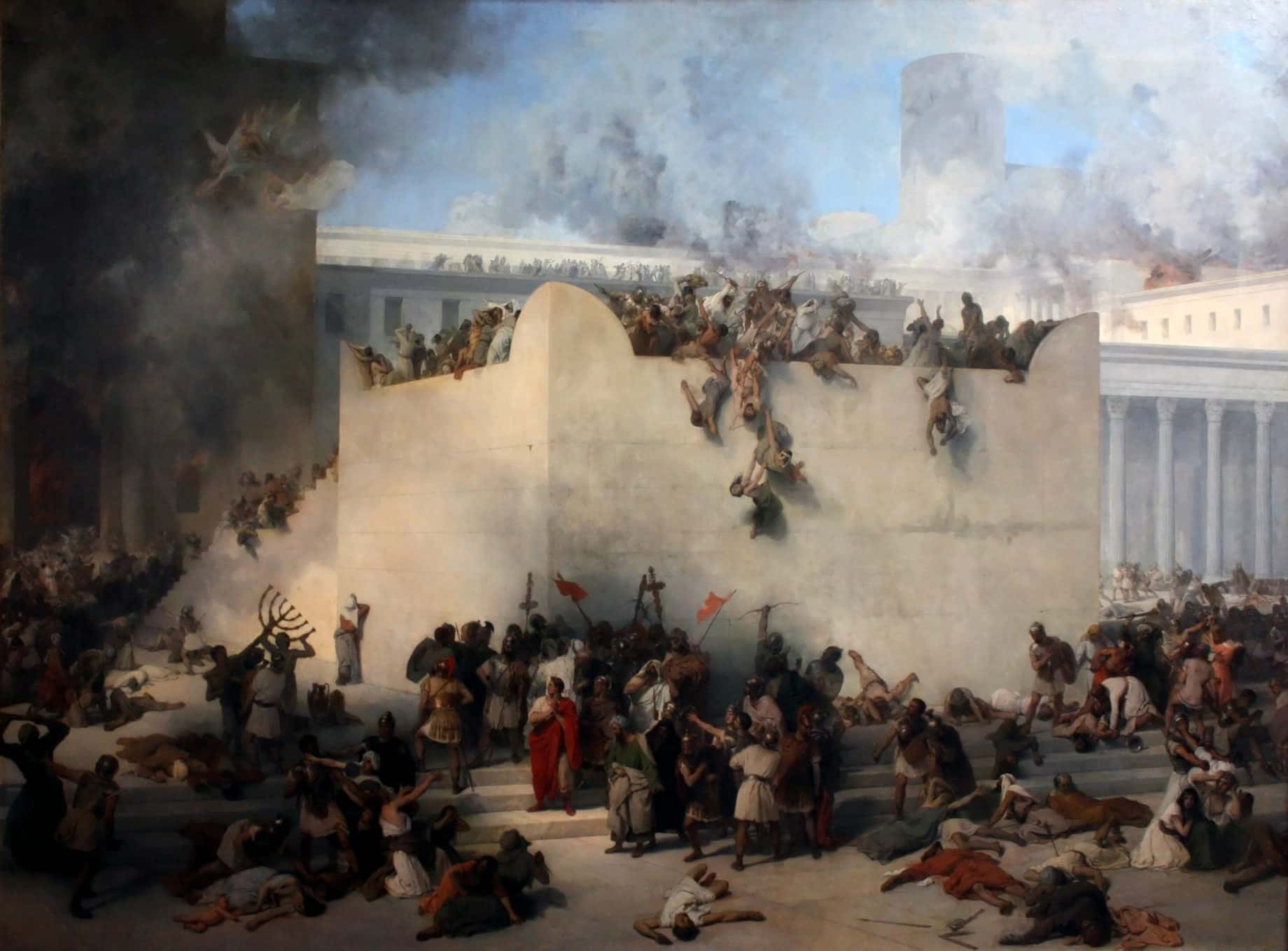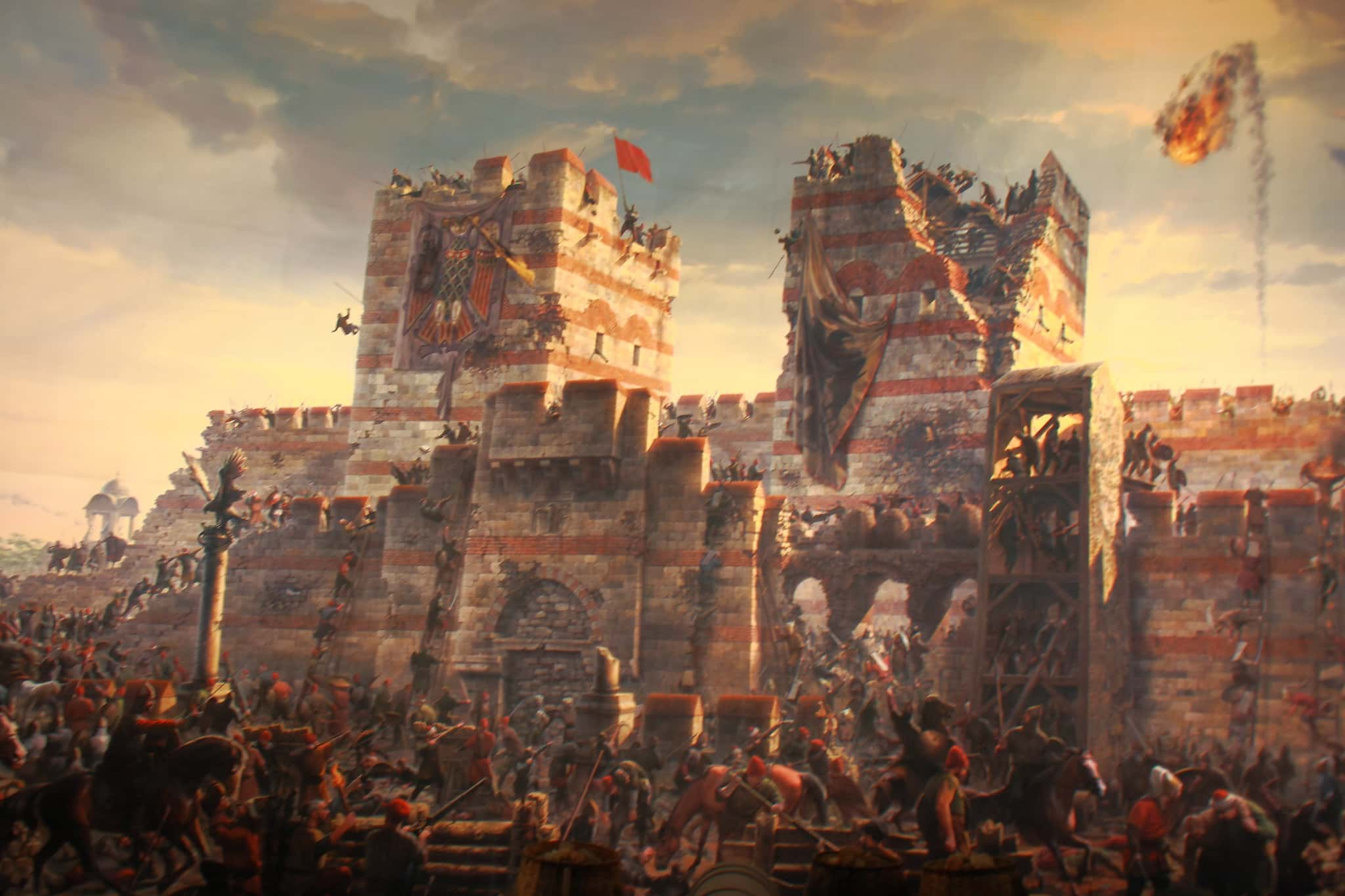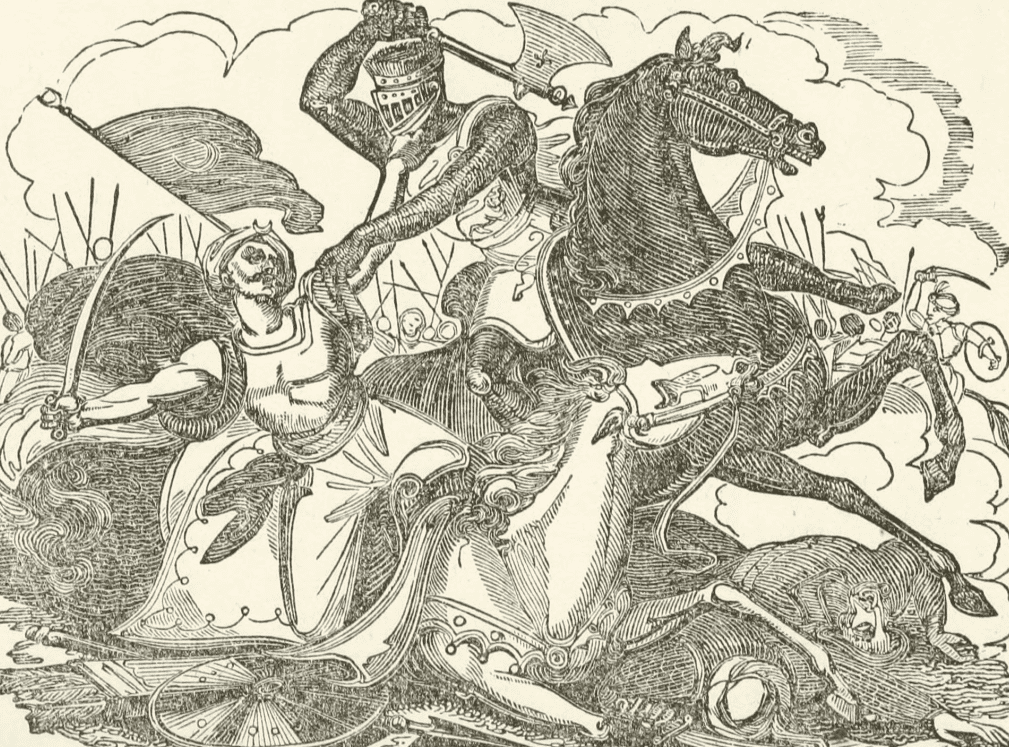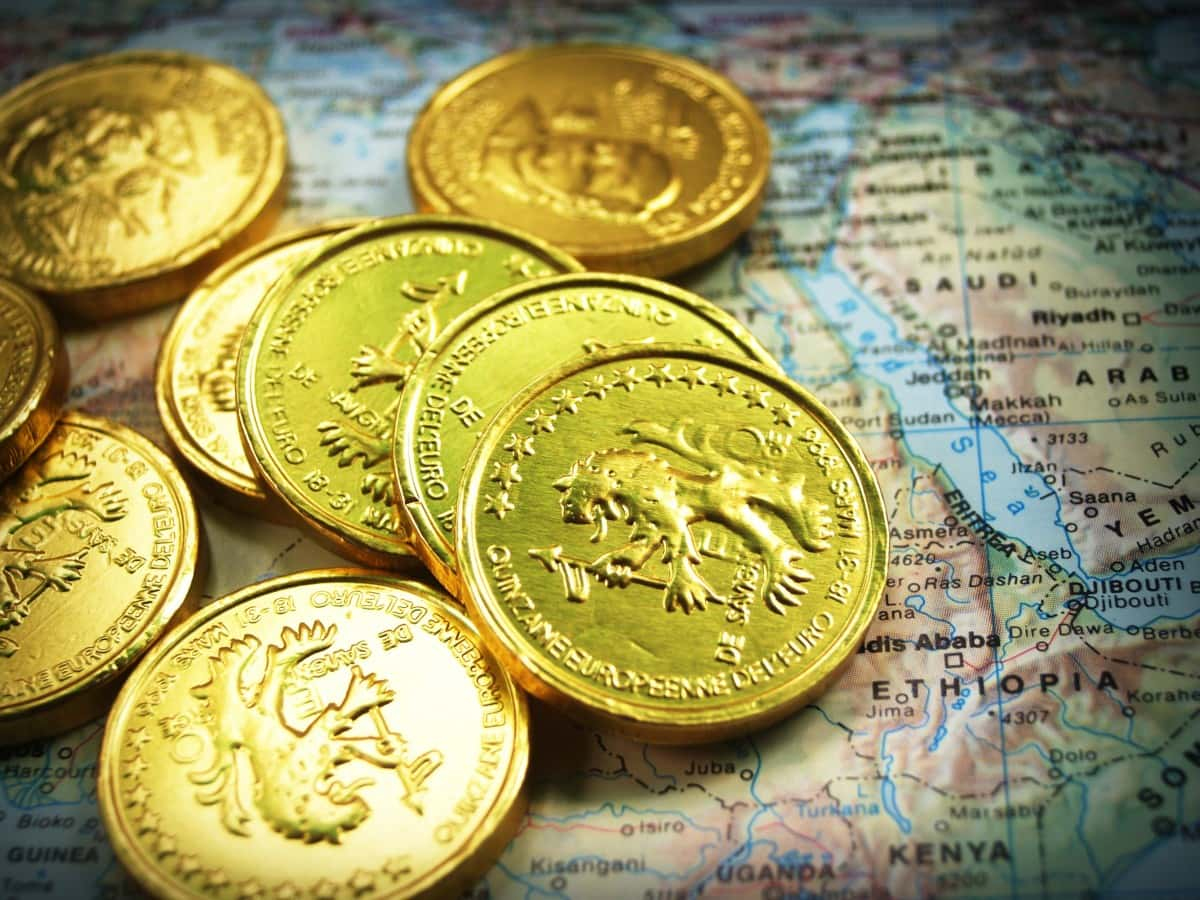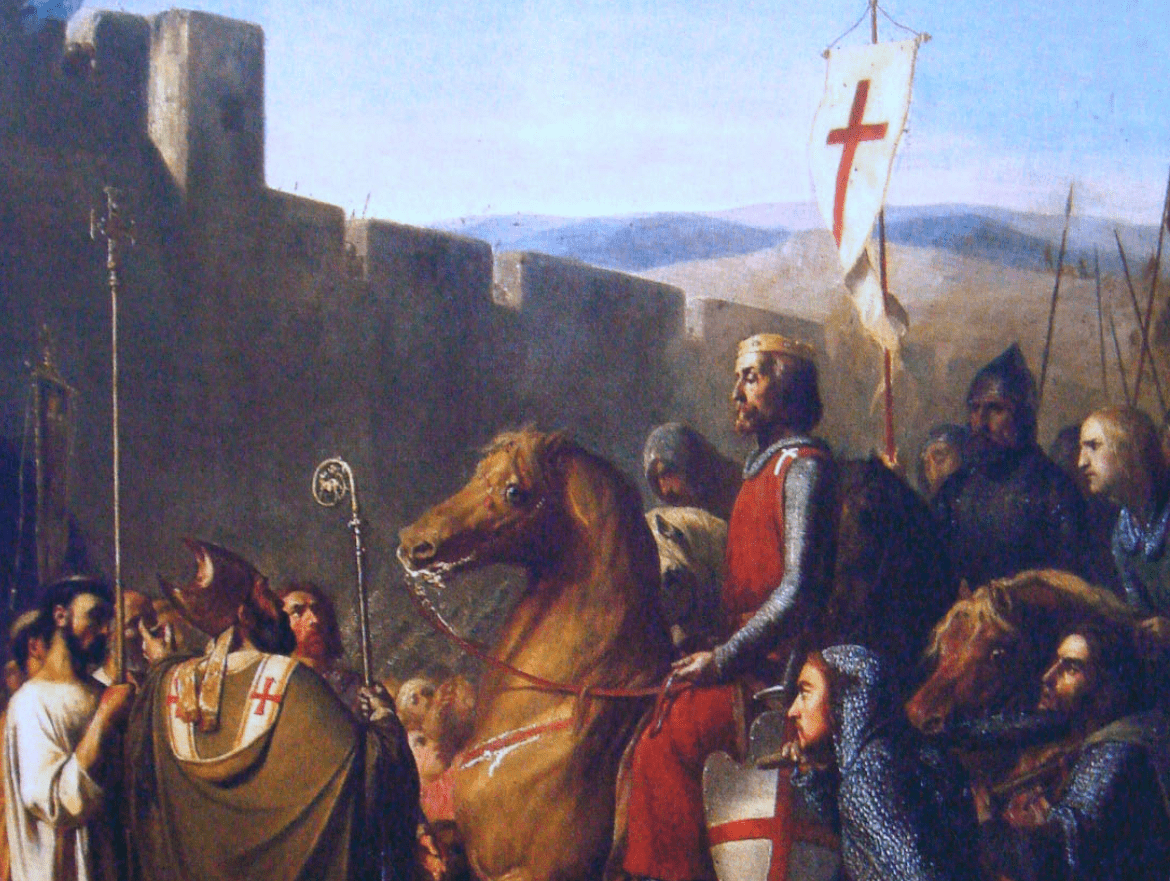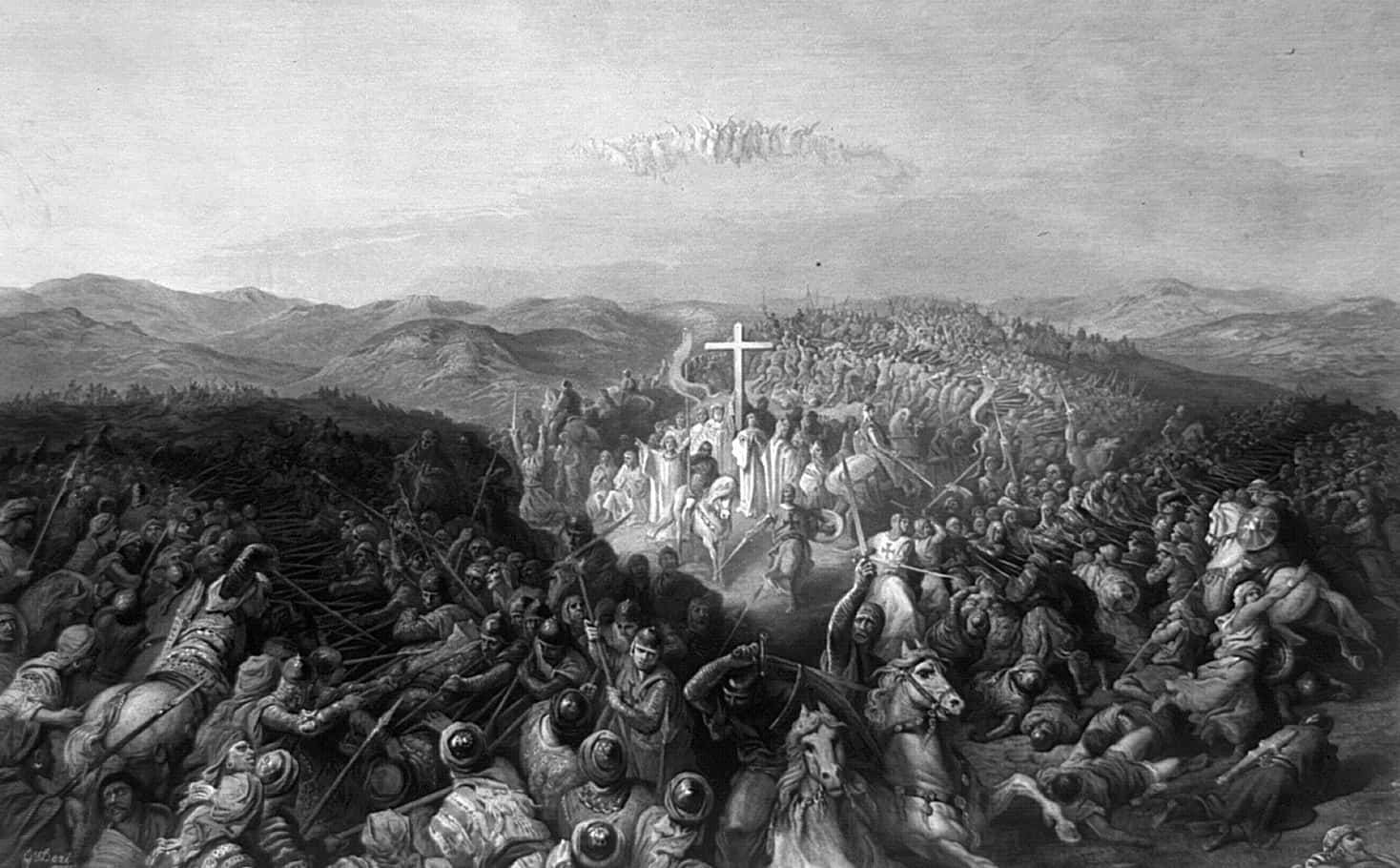The crusades are a series of misunderstood events through history. The idea of a clash of civilizations between east and west, between Christian and Muslim, is an attempt to create divisions rather than to explain the division. In reality, the crusades had more to do with the similarities between the two developing religious groups than their differences. Let's take a look.
Crusades Facts
38. What’s in a Word
Still an ambiguous notion, the word "crusade" wasn’t used when they began; it only came into use in its current meaning in the late 18th century. The root of the word comes from “croisade,” which was first used in the 16th century, and is itself derived from the Latin word “cruciata,” meaning to mark with a cross.
37. Holy Journey
The original crusades were instead referred to as “iter” or “peregrinatio” meaning journey and pilgrimage, respectively.
36. Origin Story
The origins of the crusades lay in the conquering of the Holy Land by the Muslim Seljuk Empire. After their defeat of the Byzantines, powerful Christians in Western Europe decided to launch the First Crusade to reclaim the land.
35. Power of the Gods
The idea of divine confirmation coming from victory on the battlefield had its seed in the Roman Empire, as military victory was often used to support the idea that they were the sacred people shined down upon by the gods; the crusades often used this rhetoric.
 Arn The Knight Templar,AMC Pictures
Arn The Knight Templar,AMC Pictures
34. A Shocking Display
Perhaps the greatest impact the crusades actually had was on the perception of western Christians by the Orthodox Christians and Muslims, as the brutality of western Christians was shocking. The crusaders raped and pillaged, massacred thousands, burnt people alive, and desecrated religious monuments.
 Arn The Knight Templar,AMC Pictures
Arn The Knight Templar,AMC Pictures
33. Pope’s Blessing
Crusades had to be sanctioned by the pope, and they were officially used to conduct battle on groups deemed to be enemies of Christendom.
32. In Search of Power
The motivation for crusades wasn't simply religious; they were often conducted for political and economic reasons. Popes often saw crusades as ways to extend their imperial reach, and knights a way to distinguish themselves outside of the chaotic density of western Europe.
31. Salvation
Crusaders were often promised absolution from purgatory in the afterlife. They were also usually landless nobles or peasants who were in search of creating a future for themselves by seizing land from their Muslim enemies.
 Pxfuel
Pxfuel
30. Killing in the Name of
In the year 1095, Pope Urban II proclaimed the First Crusade. The ideology adopted by crusaders was that Christianity was a universal salvation that should be adopted by all. If people did not convert, then they could be murdered in the name of God. The crusades grew out of the early Christian tradition of pilgrimages.
29. Genocidal Peoples
Seen as a prelude to the First Crusade, the People’s Crusade of 1096 was led by Peter the Hermit, and was comprised of incompetent peasants who were fleeing drought, famine, and disease in their homeland. These crusaders would be responsible for the brutal slaying of an estimated one-fourth to one-third of the Jewish population along the Rhine river in France and Germany.
28. First to the Third
In 1099, the crusaders succeeded in taking Jerusalem, and founded the Latin Kingdom of Jerusalem, which would last until 1187, when it was retaken by Muslim forces. This led to the launching of the Third Crusade, which was an effort to retake Jerusalem, which ultimately failed. Notice we skipped the Second Crusade—it was negligible.
27. Crusaders of State
After the proclamation of the Latin Kingdom of Jerusalem, crusader states were set up in the middle east—The Kingdom of Jerusalem, the County of Edessa, the Principality of Antioch, and the County of Tripoli. The fall of Aleppo and Edessa would lead to the Second Crusade.
26. Lionhearted
The Third Crusade was led by the enduring King Richard the Lionheart of England. Famous for his reputation as a warrior, Richard was unable to retake Jerusalem, but was able to negotiate an agreement with his rival Sultan Saladin, allowing Christians to pilgrimage to Jerusalem. Curiously enough, though he was born in and became the King of England, Richard may not have spoken English.
25. Brotherly Blood
The original crusades were meant to support the Byzantine empire from the Seljuks, but by the time the Fourth Crusades in the early 13th century came around, the tide had turned. While on their way to Jerusalem in 1204, the crusaders were convinced by powerful Venetian elites to sack Constantinople, capital of the Christian Byzantines, which they did in bloody fashion. They ultimately never made it even close to Jerusalem.
24. A Separation
The Fourth Crusade is responsible for solidifying the separation between Catholics and Orthodox Christians. It would create the Latin Kingdom in Constantinople and centuries of bitterness. Many Catholics moved to former portions of the Byzantine Kingdom and settled, distinguishing themselves from the Greeks, or Easterners, who previously inhabited the region.
23. In Come the Mongols
Thanks to centuries of war and further fragmentation of the region, the ruins left by the Crusades helped to pave the way for the Mongol invasion in the mid 13th century. The Christians almost sowed the seeds of their own destruction, as the Mongols would advance their Empire as far as the outskirts of Vienna, almost being able to take root in central Europe before finally being defeated.
22. The Pope and a Khan Walk Into a Bar
After the Mongols were rebuked from western Europe, Pope Innocent IV sent the Mongol Khan Guyuk a correspondence asking for help in conquering Islam. In typical Mongol fashion, Guyuk instead demanded that the Pope submit to his rule.
21. Children of the Crusade
The Children’s crusade of 1212 was a part of the public frenzy occurring at the time, where large groups of young adults and children grouped together (or were said to group together—much of the Children's Crusade is apocryphal) in order to succeed in a new crusade through their innocence. The story that the children of the Children's Crusade were sold into slavery as soon as they reached Italy actually has little historical evidence, and is generally believed to be false.
20. Popular Uprisings
Two more popular movements would arise over the next 100 years: The Shepherds Crusade of 1251, and the Crusade of the Poor in 1309.
19. Hospital Knights
Knighthoods entered into the monastic sphere with the acceptance of the Hospitallers into the crusades; the Hospitallers would accumulate wealth and power over the centuries. After setting up shop in Rhodes, they would migrate to Malta and police the Mediterranean until their expulsion by Napoleon in 1798. In 1834, they moved to Rome and became the Sovereign Military Order of Malta, continuing their operations in the form of humanitarian aid throughout the world, which continues today.
18. The Templars
The other famous army of the crusades is the Knights of Templar. Famous today for their secrecy and wealth, the Knights of Templar were among the most skilled fighters of the crusades, and they built a vast, innovative economic infrastructure that would be a precursor to early banking.
17. The New David
The Sixth Crusade in 1228, led by Emperor Frederick II, was the first official crusade to not have a papal blessing, as the emperor was excommunicated by Pope Gregory IX. The Pope would later lift his excommunication after Frederick fought and negotiated his way to obtaining Jerusalem, Bethlehem, and Nazareth, thus naming himself King of Jerusalem. That's one way to get a Pope back on your side.
16. Innocent Intention? Nah
In the year 989, the Peace and Truce of God was a movement created to limit violence and reclaim public space as a space of peace. Rhetoric was then used to achieve local peace by redirecting the aggression of knights towards foreign lands—hence, well, the crusades.
15. All About That Capital
The crusades led to a budding trade relationship between the city-states of Genoa and Venice and the Islamic world across the Mediterranean, which would lead to the growth of these city-states, setting the foundations for the development of modern capitalism through mercantilism.
14. Cultural Encounters of a Medieval King
Through the crusades, Islamic and Christian cultures mixed. This interaction precipitated the Renaissance, and likely led to the reintroduction of ancient Greek and Roman texts to Europe.
13. A New Literature
During the crusades, many fictional accounts sprouted up, and much of our understanding today of the crusades derives from historical novels based on the crusades.
12. The Cycle of History
The crusades have become a part of Islamic ideology, as they represent the idea of Western Imperialism. There is a call today for historians to study and understand the crusades with greater depth in order to better grasp the situation between the Western world and the Muslims today.
11. Is There a Grudge?
Many today believe that the Arab world has maintained a grudge against Christians ever since the crusades, but that is simply false. The truth is the crusades were hardly discussed by Arab society until recently—they didn’t even have a word for the crusades until the 19th century, after the fall of the Ottoman empire.
10. The Franks
During the crusades, the Islamic world referred to the crusaders as the "Franks," and considered them a form of barbarians due to their violence. They now refer to the crusades as “campaigns of the cross.”
9. Martin and His Theses
The indulgence and desensitization of the papacy during the crusades helped launch the Reformation and Counter-Reformation in the 15th century. Reformers claimed the crusades were a manifestation of the evil of the papacy.
8. Forms of Persecution
While the crusades led to a clear separation between Christianity and Islam and Orthodox Christianity, it also led to a separation with Jews. The crusades saw a persecution of Jews across Europe and in Jerusalem, as crusaders murdered thousands along their pilgrimage. Prior to the crusades, there are various accounts of peace between the religions.
7. Women in Charge
Needing all hands on deck for their ambitious pilgrimages, there are many accounts of women taking part in the crusades. Some women even rode into battle dressed in men’s clothes, and took part in the violence.
6. Ripple Effect
The sacking of Constantinople by the crusaders didn’t only affect the Byzantine Empire, but it led to the fall of Kiev as well, which had been a major city at that time. With the fall of Constantinople came the collapse of Kiev’s economy, as their commerce connections dried up, and the Mongols easily conquered the Rus’ imperial project in Kiev, pushing them further north towards present day Russia.
5. Don’t Forget the Pagans
So far we’ve covered the Muslims, Christian Orthodox, and Jews, but there were more targets of the crusaders—the pagans. During and continuing on after the failure of the Second Crusade, there were attempts by crusaders to go north and bring the Baltic tribes under Catholic control.
4. The Aristocrats
A sort of diaspora occurred through the crusades, as many nobles and aristocrats dispersed themselves eastward in their pilgrimage. This entrenched western notions of class distinctions and feudalism in foreign lands.
3. Futile Warfare
Overall, there were nine major crusades, all involving Christian pilgrims who attempted to liberate the Holy Land from Islamic control in one way or another. As the crusades went on for about two centuries, they would generally prove more and more futile. There is no way of knowing exactly how many died as a result of the conflict, but estimates range from one million all the way to three million people.
2. Columbus the Crusader
Christopher Columbus was a devoutly religious man, and there is speculation that when he set off on his adventure that led to his exploitation of the Caribbean, he was actually on a mission to collect enough the funds to raise an army and lead a new crusade. Though unlikely, it is a fun thought experiment.
1. Hungry Peoples
There was allegedly a group of crusaders during the First Crusade known as the Tafurs. These monstrous men were said to always be covered in hideous sores, and they were known to take the bodies of their freshly slain enemies and eat them. They were said to be so poor that they had to subsist on grasses and roots, and so when they could they would cook up dead enemies after battle. It's still debated if the accounts of the Tafurs have veracity, or were perhaps propaganda campaigns launched by the crusaders to instil fear in the enemy's spies.
Sources: 1, 2, 3, 4, 5, 6, 7, 8, 9, 10, 11, 12, 13, 14, 15, 16, 17, 18, 19, 20, 21

